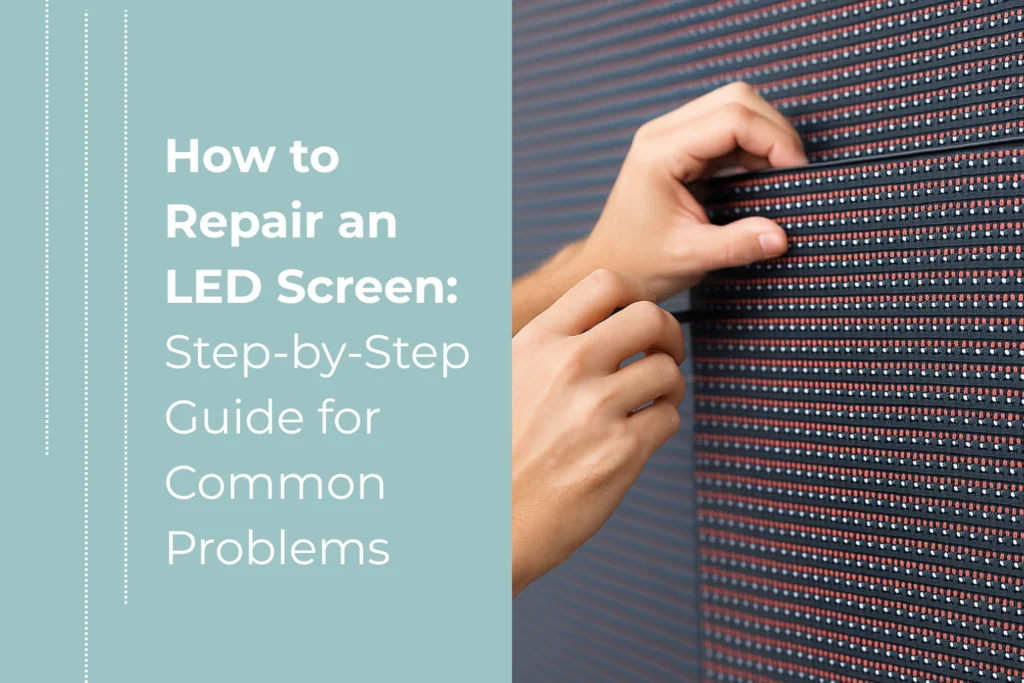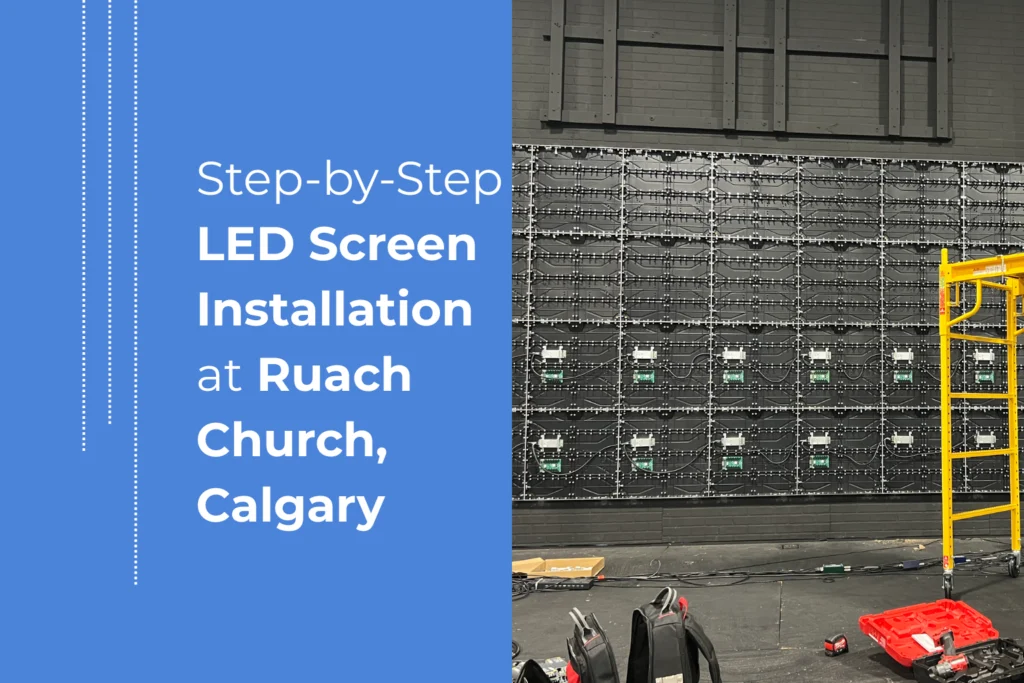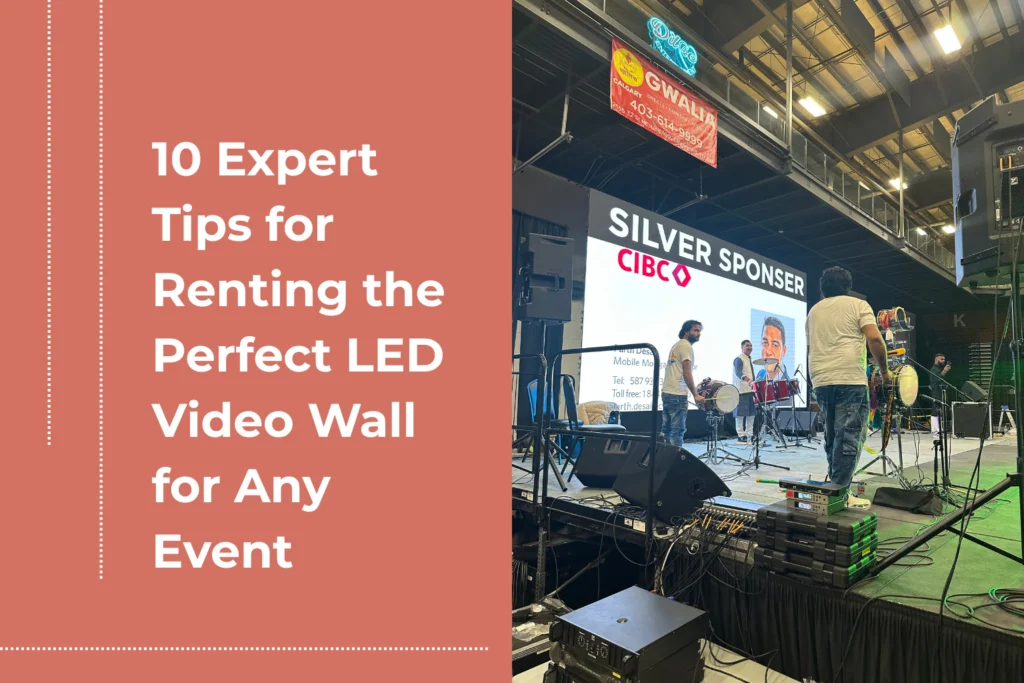What is Contrast?
Simply put, contrast refers to the difference between the brightest whites and the darkest blacks that an LED display can produce. It’s a fundamental measure of the display’s ability to render detail in both light and dark areas of an image. The contrast ratio is usually expressed in a ratio format like 1000:1, 5000:1, or even 10000:1. The first number represents the luminance of the brightest white, and the second number represents the luminance of the darkest black. For example, a contrast ratio of 1000:1 means that the brightest white is 1000 times brighter than the darkest black. Now, if you’re thinking that this sounds simple enough, you’re right! But it’s important to understand how contrast ratio impacts the visual quality, and why choosing the right contrast ratio for your project is essential. 🎥 Want a quick visual explanation? Check out this short video 👉 What is Contrast Ratio?Real Contrast vs. Dynamic Contrast
One thing I’ve noticed when talking to clients is that there’s often confusion between real contrast and dynamic contrast. So, let me clear this up from a technician’s point of view.- Real Contrast is a measure of the difference between a black and a white pixel at any given moment. It’s a fixed measurement, which is very important when you’re working with static images or content that doesn’t change much, like logos or graphics that you might display at a corporate event. Real contrast is typically lower—think 800:1, 1000:1, or 1600:1—but it gives you the true difference between black and white on your LED display.
- Dynamic Contrast, on the other hand, measures how the contrast can vary over time, usually during the display of video content. For example, if you’re running a video at a corporate conference or in a church service, the dynamic contrast can change dramatically between light and dark elements as the content shifts. This measure is usually much higher—sometimes 20000:1 or even 100000:1—but keep in mind, dynamic contrast is affected by image processing software, not the hardware itself.

A premium indoor LED display providing sharp visuals in a sophisticated event setting.
How Contrast Affects LED Displays in Different Environments
One of the reasons I love working with LED wall panels is how adaptable they are. But as I’ve seen in the field, the contrast ratio you choose depends heavily on where and how the LED display will be used. Here’s a breakdown of how contrast impacts LED displays in different environments:Indoor vs. Outdoor Installations
When we’re talking about outdoor LED displays, contrast becomes even more critical. Outdoor events are often exposed to bright ambient light, and if the contrast ratio isn’t high enough, your images may appear washed out, no matter how bright the screen is. That’s why, for outdoor settings, we usually recommend higher contrast ratios (like 5000:1 or higher). This ensures that even under sunlight, your content will remain crisp and clear. On the other hand, for indoor installations, the lighting is more controllable. In churches and corporate events, where the lighting can range from bright to dim, a moderate contrast ratio (around 3000:1 to 5000:1) works well, especially for events where both still images and video are being displayed.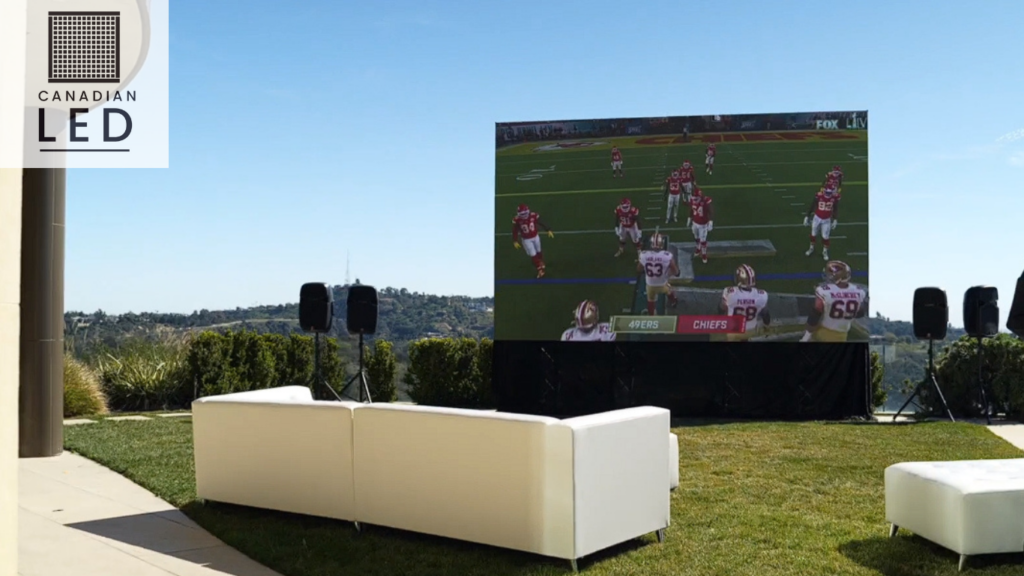
LED Screens for Churches
In church settings, contrast is a big factor for readability. Whether it’s lyrics for worship songs or sermon slides, having a high contrast ratio helps to ensure that text is clear and easy to read. Imagine having a low contrast ratio during a church service—people would struggle to read the text, and the overall experience would be far less impactful. When we install LED screens for churches, we always consider the lighting conditions in the sanctuary and recommend a contrast ratio that maximizes legibility without overpowering the room.Corporate Events and Presentations
Corporate presentations often include a mix of static graphics, videos, and live feeds. For these types of events, dynamic contrast becomes crucial. The ability of the screen to shift contrast based on what’s happening on the screen (i.e., making dark areas darker and bright areas brighter) is what makes the content look polished and professional. It adds depth to images, making them more engaging for the audience. Whether it’s a video wall for a product launch or digital signage for a conference, getting the contrast right is key to creating a memorable visual experience.The Role of Black LED Technology
When I talk to clients about Black LED technology, I often get a lot of questions. The idea behind Black LEDs is that they have a special coating that helps improve contrast by making blacks appear deeper. This is because the dark coating prevents light from leaking out of the black pixels, resulting in a darker black. However, there’s a catch—while Black LED technology can improve contrast in darker images, it often impacts the brightness of whites. So, in some cases, while you get deeper blacks, the whites may not be as bright as you’d expect. Personally, I find that Black LEDs are more of a marketing tool than something that makes a huge difference in most installations. When we install LED screens for churches or LED wall panels for events, the lighting conditions are usually controlled enough that we don’t need the extra marketing buzz of “Black LED” technology. What matters more is the contrast ratio as a whole.Choosing the Right Contrast Ratio for Your LED Display
When you’re choosing an LED display for your project, the contrast ratio isn’t something you want to overlook. So, here’s what I recommend based on the type of project you’re working on:- For Outdoor Events: Choose higher contrast ratios like 5000:1 or 8000:1 to make sure your content stands out, even in bright sunlight.
- For Indoor Church Installations: I’d recommend a moderate contrast ratio around 3000:1 to 5000:1. This ensures readability for text and crisp, vibrant imagery without overpowering the atmosphere of the service.
- For Corporate Events: If you’re running a video wall for a conference or presentation, a dynamic contrast ratio (e.g., 20000:1 or higher) is ideal, as it helps make the video content look vibrant and engaging.
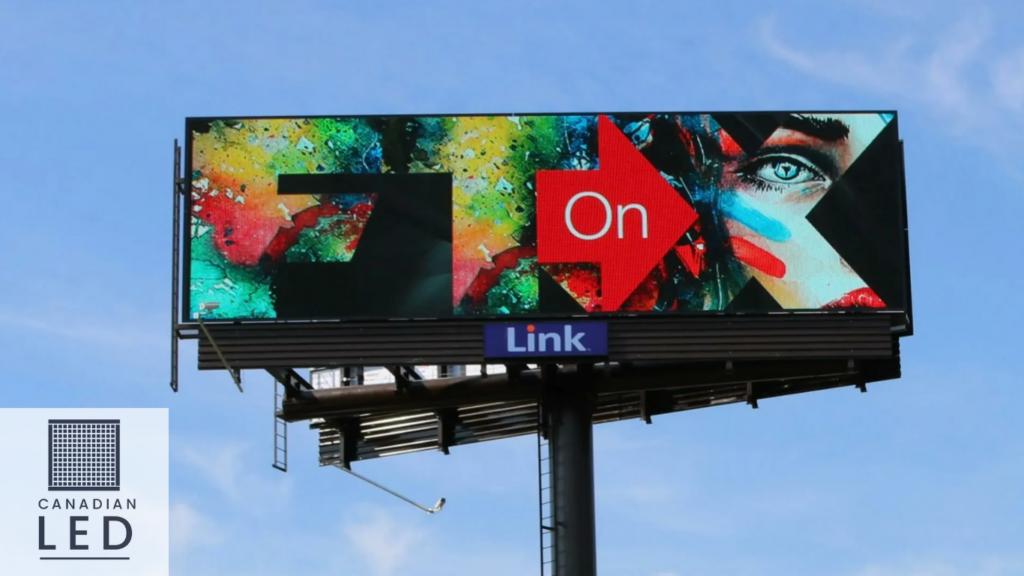
A dynamic LED billboard from Canadian LED showcasing vivid visuals, ideal for maximizing outdoor advertising impact and visibility.

